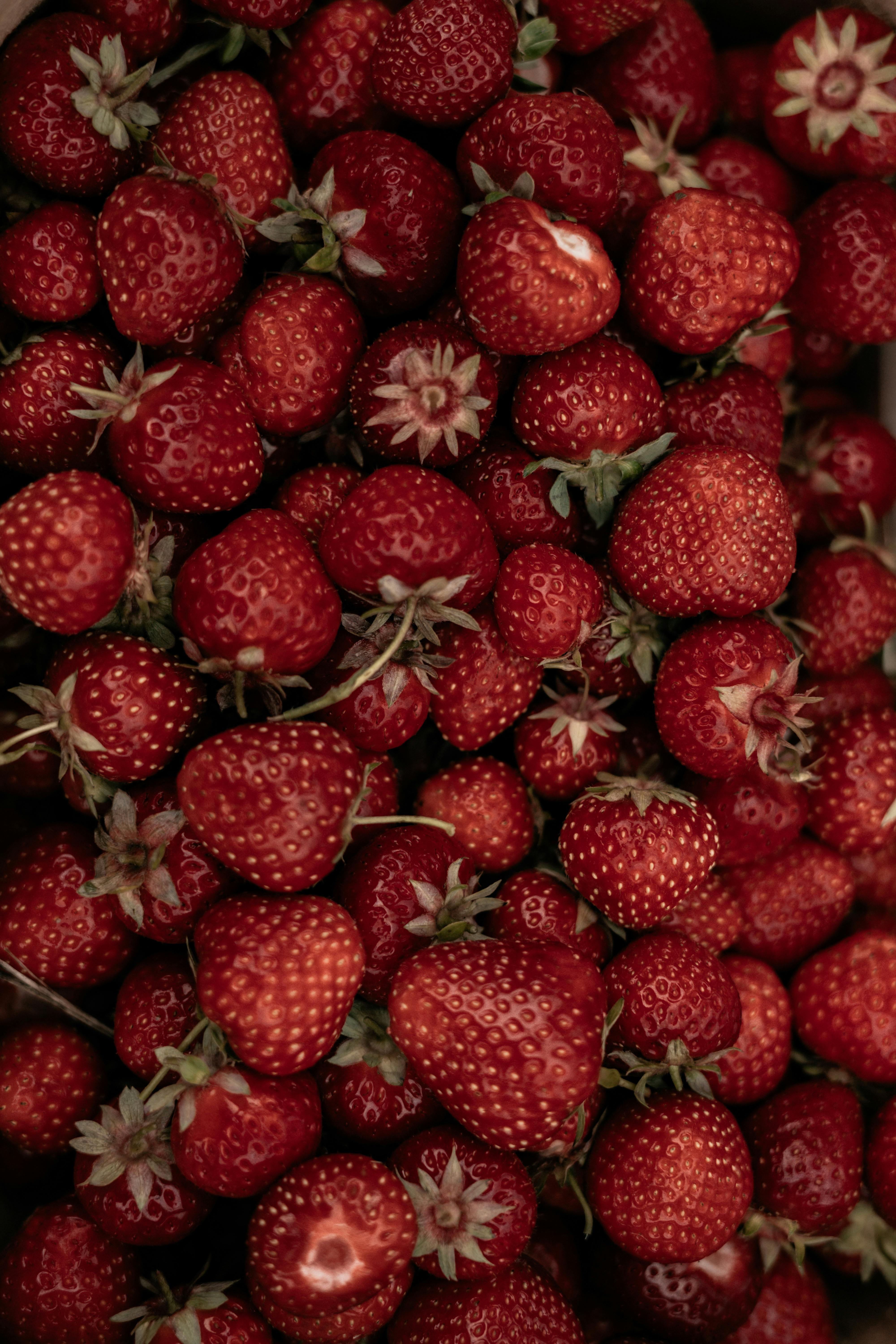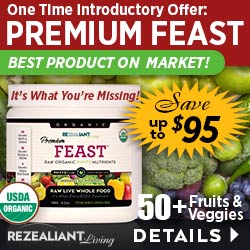- 1. Understand What Whole Food Clean Eating Means Today
- 2. Prioritize Organic and Locally Sourced Produce
- 3. Read and Understand Food Labels Carefully
- 4. Plan and Prepare Your Meals in Advance
- 5. Incorporate Whole Grains and Legumes for Nutritional Balance
- 6. Limit Processed and Refined Sugars
- 7. Embrace Plant-Based and Animal-Friendly Whole Foods
- 8. Use Herbs, Spices, and Natural Flavors
- 9. Stay Consistent and Adapt Your Whole Food Clean Eating Habits
- 10. Stay Educated and Inspired for Long-Term Success
1. Understand What Whole Food Clean Eating Means Today
Defining Whole Food Clean Eating in 2025
In 2025, whole food clean eating isnât just a buzzword; itâs a lifestyle rooted in transparency and health. It involves consuming minimally processed foods that are free from artificial additives, preservatives, and chemicals. Think fresh fruits, vegetables, nuts, seeds, whole grains, lean proteins, and healthy fats. Many experts now emphasize that embracing whole food clean eating can significantly reduce inflammation and chronic disease risk.
Understanding this concept helps you make smarter choices daily. Today, labels can be confusing, but focusing on whole, recognizable ingredients simplifies your shopping and meal prep. Avoiding heavily processed foods aligns with research showing that diets rich in whole foods promote better overall health and mental clarity.
The trend toward whole food clean eating in 2025 is driven by increased awareness of environmental impacts, sustainability, and personal health. Recognizing these factors helps you stay motivated and committed on your journey.
Why It Matters for Your Health
Numerous studies show that diets centered around whole food clean eating can lower the risk of conditions like heart disease, diabetes, and obesity. For instance, the CDC reports a 20% decrease in cardiovascular disease risk among those adopting such eating habits. Incorporating more plant-based foods and reducing processed intake can improve your energy, digestion, and immunity.
Adopting whole food clean eating in 2025 aligns with current nutritional guidelines favoring nutrient-dense foods. Itâs about nourishing your body with real foods that support long-term wellness rather than short-term dieting fads.
This comprehensive approach sets the foundation for a healthier lifestyle, enabling you to enjoy vitality now and into the future.
2. Prioritize Organic and Locally Sourced Produce
The Benefits of Choosing Organic in 2025
Organic produce is a cornerstone of whole food clean eating. In 2025, consumers value organic options more than ever because they contain fewer pesticides and chemicals. According to the Organic Trade Association, organic food sales have increased by 15% annually, reflecting a growing preference for cleaner, safer foods.
Choosing organic helps reduce your exposure to harmful substances that can accumulate in your body over time. Plus, organic farming often supports biodiversity and environmental health, making it a sustainable choice.
When shopping, look for certifications like USDA Organic or similar labels in your region. Remember, organic doesn’t have to be expensive if you shop strategically during sales or at farmers’ markets.
Supporting Local Farmers and Seasonality
Locally sourced produce is not only fresher but also tends to retain more nutrients compared to produce that has traveled long distances. Visiting farmers’ markets, joining Community Supported Agriculture (CSA) programs, or shopping at local co-ops are excellent ways to access seasonal, fresh foods.
Eating seasonally aligns with natural cycles and helps your body adapt better to the changing nutritional needs throughout the year. Plus, it encourages sustainable agricultural practices and supports local economies.
In 2025, many communities are adopting farm-to-table initiatives, making it easier than ever to incorporate local, seasonal produce into your whole food clean eating routine.
3. Read and Understand Food Labels Carefully
The Importance of Label Literacy
In 2025, food labeling has become more transparent, but understanding whatâs truly in your food remains essential. Learning to decode labels helps you avoid additives, preservatives, and hidden sugars that undermine your whole food clean eating goals.
Look for plain ingredient lists with recognizable, whole-food names. Beware of products with long lists of unpronounceable chemicals, artificial flavorings, or preservatives. Using your smartphone to scan barcodes can also provide instant insights from trusted apps, helping you make healthier choices faster.
Investing time in label reading encourages mindful eating and empowers you to select foods that truly nourish your body.
Common Food Label Phrases to Watch For
Some phrases are red flags indicating heavily processed foods: âartificial preservatives,â âhigh fructose corn syrup,â âartificial flavors,â or âmodified food starch.â Conversely, terms like âfresh,â âminimally processed,â and âno added preservativesâ are good indicators of whole food clean eating.
In 2025, the trend is toward ultra-specific labels like âfield-fresh,â âwild-caught,â or âlocally harvestedâ which further help consumers identify quality whole foods. Keep these descriptors in mind as you navigate grocery shelves.
Practicing label literacy can save you money and promote your health by consistently choosing cleaner, whole food options.
4. Plan and Prepare Your Meals in Advance
The Power of Meal Planning
One of the most effective strategies to maintain whole food clean eating in 2025 is meal planning. By preparing your meals ahead of time, you ensure access to nutritious foods and reduce impulsive, less healthy choices. It also helps minimize food waste and can lower grocery bills.
Start by creating weekly menus based on seasonal produce and whole ingredients. Batch cooking grains, roasting vegetables, or prepping proteins in advance makes daily cooking more manageable and enjoyable.
Apps and tools designed for meal planning have become popular, providing recipes and shopping lists tailored to your dietary preferences. Investing a few hours weekly streamlines your whole food journey.
Batch Cooking and Storage Tips
Cooking in bulk saves time and keeps your fridge stocked with healthy options. Use airtight containers to store pre-cooked meals, making them convenient grab-and-go options for busy days.
Freezing portions preserves meals for longer periods, which is perfect for those who want variety without extra effort during the week. Label containers with dates to track freshness.
This proactive approach not only supports your commitment to whole food clean eating but also reduces stress and decision fatigue.
5. Incorporate Whole Grains and Legumes for Nutritional Balance
The Role of Whole Grains in a Clean Diet
Whole grains such as quinoa, brown rice, oats, and barley are fundamental to whole food clean eating in 2025. They are rich in fiber, B-vitamins, and antioxidants, supporting digestion and energy levels.
Recent studies reveal that replacing refined grains with whole grains can reduce the risk of type 2 diabetes and heart disease. Aim to include at least three servings of whole grains daily for optimal benefits.
Experiment with different grains to diversify your nutrient intake and add variety to your meals. Remember, source grains that are minimally processed and avoid instant or flavored varieties.
Legumes and Plant-Based Proteins
Legumes like lentils, chickpeas, black beans, and peas are excellent sources of protein, fiber, and micronutrients. Incorporating them into your meals is a staple in whole food clean eating routines, especially in 2025 where plant-based diets are trending upwards.
Legumes are versatileâgreat for soups, salads, or veggie pattiesâand support heart health by reducing cholesterol. Soaking and cooking them properly improves digestibility and nutrient absorption.
Adding a variety of legumes to your weekly meals creates a balanced, nutrient-rich diet that aligns perfectly with the principles of whole food clean eating.
6. Limit Processed and Refined Sugars
Understanding Sugar in 2025
Refined sugars and processed foods are significant obstacles to achieving true whole food clean eating. In 2025, consumers are increasingly aware of how excess sugar intake links to obesity, diabetes, and inflammation.
Look out for hidden sugars in packaged foodsâoften listed as syrup, maltose, dextrose, or cane sugar. Naturally sweet options like fruits, dates, and honey are better alternatives for satisfying your sweet tooth.
Reducing sugar intake involves reading labels and cooking more at home, where you control ingredients. Small reductions can lead to big health improvements over time.
Huge Discount on the Best Certified Organic Whole Food Supplement!
Strategies to Cut Back on Sugar
Gradually decreasing sugar consumption helps your palate adjust. Use spices like cinnamon or nutmeg to add sweetness naturally. Incorporate ripe fruits into your snacks and desserts instead of candy or sweets.
Incorporating whole, unprocessed foods minimizes the temptation to reach for sugary processed snacks. Making these changes in 2025 aligns with health trends and contributes to sustainable well-being.
7. Embrace Plant-Based and Animal-Friendly Whole Foods
Balancing Your Plate
In 2025, a balanced approach to whole food clean eating includes both plant-based and responsibly sourced animal products. Choosing pasture-raised, grass-fed, or ethically caught meats and seafood supports animal welfare and environmental sustainability.
Plant-based options like tempeh, tofu, and seitan are excellent protein sources that complement vegetables and grains for complete meals. Incorporating a variety of plant foods in your diet enhances nutrient diversity.
Many people adopt flexitarian habits, decreasing meat consumption in favor of plant proteins while enjoying their favorite ethically sourced animal products occasionally.
Supporting Ethical and Sustainable Choices
In 2025, consumers are more conscious than ever about where their food comes from. Look for certifications like Certified Humane or Marine Stewardship Council to ensure your whole food choices promote sustainability and animal welfare.
Partnering with local farmers who practice ethical farming supports community resilience and reduces environmental impact. Your food choices can make a significant difference beyond personal health.
Building this consciousness into your whole food clean eating helps foster a more sustainable future for all.
8. Use Herbs, Spices, and Natural Flavors
Enhancing Flavor Naturally
In 2025, flavoring your food with herbs, spices, and natural ingredients is a hallmark of whole food clean eating. Fresh herbs like basil, cilantro, and parsley add freshness, while spices like turmeric, cumin, and cinnamon provide depth without excess sodium or preservatives.
Using natural flavors reduces reliance on processed condiments and sauces that often contain undesirable additives. Fresh lemon juice, garlic, and ginger are excellent for boosting taste and health benefits.
Experimenting with flavor combinations makes healthy eating enjoyable and sustainable, encouraging longer-term adherence to your goals.
Health Benefits of Herbs and Spices
Many herbs and spices contain antioxidants, anti-inflammatory compounds, and other health-promoting substances. For example, turmericâs curcumin has shown promise in reducing inflammation, while cinnamon may help regulate blood sugar.
Incorporate these ingredients daily to support your immune system and overall well-being. Growing your own herbs at home can add freshness and a sense of connection to your food.
Using herbs and spices wisely aligns with the whole food clean eating principles emphasizing natural, minimally processed ingredients.
9. Stay Consistent and Adapt Your Whole Food Clean Eating Habits
The Role of Consistency in 2025
Consistency is key to long-term success with whole food clean eating. In 2025, establishing daily routines around meal prep, mindful shopping, and cooking helps cement healthy habits. Itâs normal to encounter setbacks; the key is adaptability and perseverance.
Track your progress with journals or apps, celebrating incremental improvements. Over time, these habits become second nature, making healthy choices effortless.
Staying committed to your goals ensures that whole food clean eating remains a sustainable lifestyle rather than a fleeting trend.
Adjusting and Evolving Your Routine
As you learn more about your bodyâs responses, adjust your eating patterns. For example, if you notice digestion issues, try eliminating certain foods temporarily and reintroducing them gradually.
In 2025, listening to your body and staying informed about new research or superfoods can elevate your diet further. Flexibility and continuous education ensure your eating habits evolve with your needs.
This balanced approach nurtures your physical health and keeps your motivation high.
10. Stay Educated and Inspired for Long-Term Success
Learning about Whole Food Trends in 2025
Keeping up with the latest in whole food clean eating offers fresh ideas and motivation. Trends like plant-based diets, regenerative agriculture, and innovative superfoods dominate 2025âs nutrition conversations.
Attend workshops, follow credible blogs, or subscribe to newsletters that focus on whole foods, sustainability, and health science. Knowledge empowers you to make informed decisions and stay excited about your journey.
Networking with like-minded individuals boosts accountability and exchange of tips that enhance your routine.
Seeking Inspiration and Community Support
Joining local or online groups centered around whole food clean eating can provide encouragement, recipe swaps, and new perspectives. Sharing successes and challenges with others fosters motivation and accountability.
In 2025, many online platforms host virtual cooking classes, webinars, and forums dedicated to clean eating topics. Engaging actively keeps your motivation high and introduces you to sustainable living tips.
Continual learning and community involvement ensure that your commitment to whole food clean eating remains strong and fulfilling over the years.
Frequently Asked Questions
1. What exactly is whole food clean eating?
Whole food clean eating involves consuming minimally processed foods that are free from artificial additives, preservatives, and refined sugars. It emphasizes fresh fruits, vegetables, whole grains, nuts, seeds, healthy fats, and responsibly sourced animal products.
2. How can I start incorporating whole food clean eating into my busy schedule?
Start by planning your meals weekly, batch cooking, and grocery shopping with a focus on whole, minimally processed ingredients. Preparing meal components in advance makes it easier to stick to your clean eating routine amidst a busy schedule.
3. Why is organic produce important for whole food clean eating?
Organic produce minimizes exposure to pesticides and chemicals that can negatively impact your health and the environment. Choosing organic aligns with the principles of clean eating by prioritizing foods in their most natural state.
4. How does whole food clean eating benefit my health in 2025?
Adopting a whole food clean eating lifestyle can reduce your risk of chronic illnesses, boost immunity, improve digestion, and increase energy levelsâall supported by ongoing research and health trends in 2025.
5. Can I enjoy occasional treats while following whole food clean eating?
Yes, moderation is key. Focus on making whole, nutritious food the mainstay of your diet, but allow yourself indulgences now and then to maintain sustainability and enjoyment in your eating habits.
Conclusion
Achieving and sustaining whole food clean eating in 2025 is a rewarding journey that promotes optimal health, sustainability, and personal well-being. By following this comprehensive 10-step guide, you’ll develop mindful habits, enjoy delicious meals, and support a healthier planet. Remember, consistency and education are your best tools on this path. Embrace the principles outlined here, and you’ll be well on your way to thriving with whole food clean eating in 2025 and beyond.




